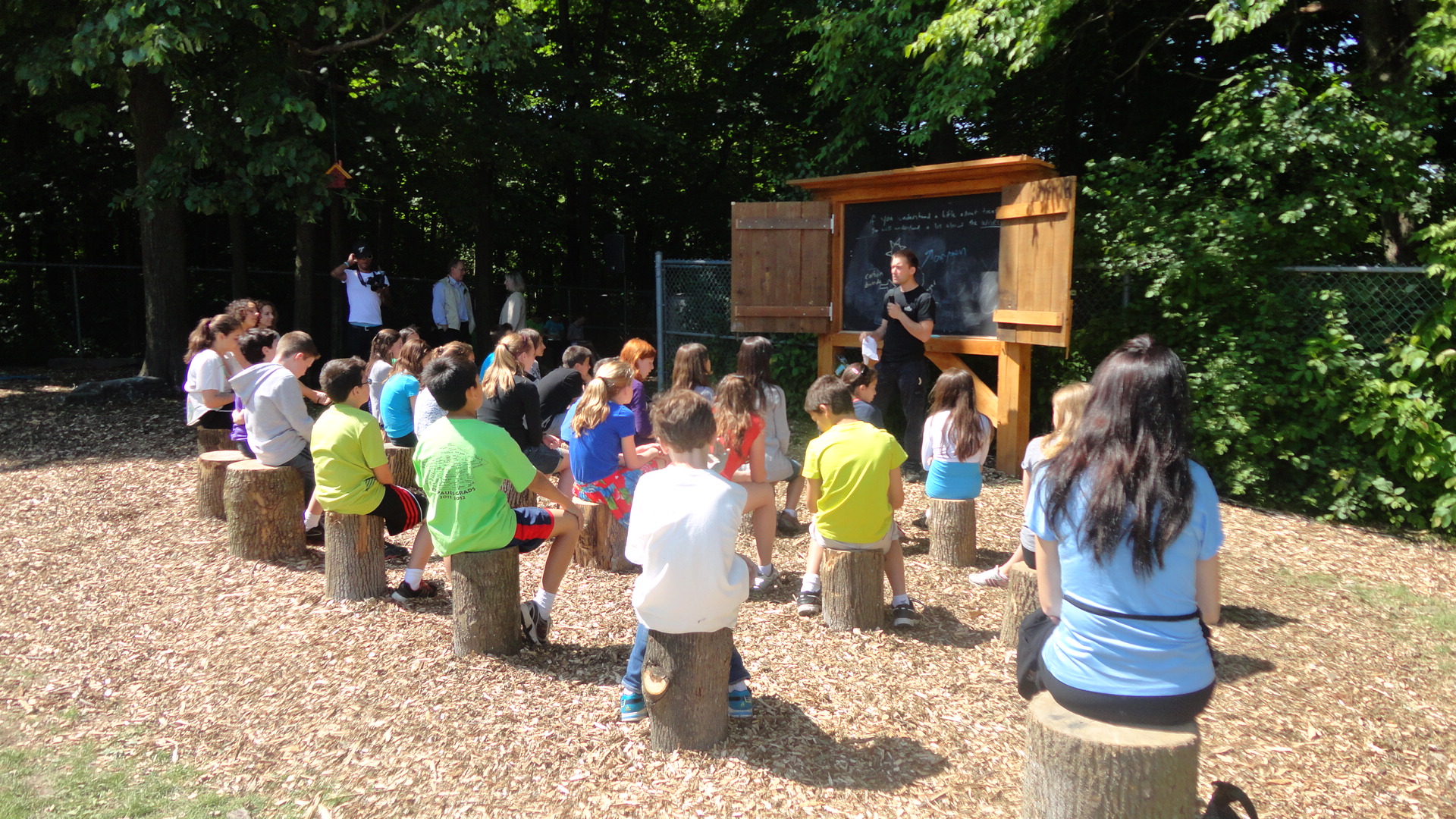Many teachers in inner-city schools struggle to think of ways they can introduce outdoor and environmental education to their students. Urban students often have less access to the natural environment than their suburban or rural counterparts, leading to what has been coined a “nature deficit disorder.” 1 With limited school budgets, a lack of nearby parks and forests, and a heavy emphasis on standardized testing, bringing students outdoors can seem like an impossible task. Nonetheless, teachers Donald Hammond and Doug Larkin prove that it is possible. Both educators are dedicated to bringing their students outside and provide helpful advice for their colleagues who hope to do the same. 24, 25
In Donald Hammond’s article, “Environmental education in impoverished communities,” the author describes the many struggles and successes he has experienced as a outdoor educator and the lessons he has learned along the way. As a teacher at a severely under-funded urban public school in Michigan, where most of the students receive free or reduced lunch, Hammond was given the difficult task of designing and implementing outdoor and environmental education programs. Starting out with no funding, curriculum, textbooks, or other materials, the program has grown to become very successful over the years. Through the school’s environmental science program, students go on field trips for water testing, hike in wetlands, learn plant identification, and have helped construct a local nature trail. By exposing students to a wide range of outdoor recreation, they become agents for environmental change, as they “realize that their environment is in their hands, that they can do something constructive about it, and that science education, particularly environmental science, can be fun and rewarding.” 24 To inspire similar successes elsewhere, Hammond recommends that teachers write grants, involve their students in curriculum planning, and inspire respect for the environment within their schools.24
As Doug Larkin describes in “Before today, I was afraid of trees’: rethinking nature deficit disorder,” it is also important for teachers to be wary of how they introduce outdoor education to their students. Suspicious of terminology that causes teachers to view specific students from a “deficit” perspective, Doug Larkin, a high school teacher in Trenton, New Jersey, believes that such labels have the potential to unfairly explain away the failures of teachers to be effective in teaching such students.25 Instead of viewing his students’ unfamiliarity with the outdoors as a deficit that needs to be remediated, Larkin strives to build on the ways they experience the world in order to develop naturalist intelligences and critical consciousness within them. Calling on other teachers to do the same, Larkin emphasizes the need for teachers to understand where their students are coming from and how they perceive their surroundings in order to provide them with the appropriate level of guidance and support. For example, some urban students’ unfamiliarity with the outdoors may develop into a fear of nature that can be debilitating. Educating and exposing students to the natural environment and outdoor recreation has the potential of dispelling such fears, but only if teachers approach the topic in a culturally relevant manner.25

An example of an outdoor classroom.31
